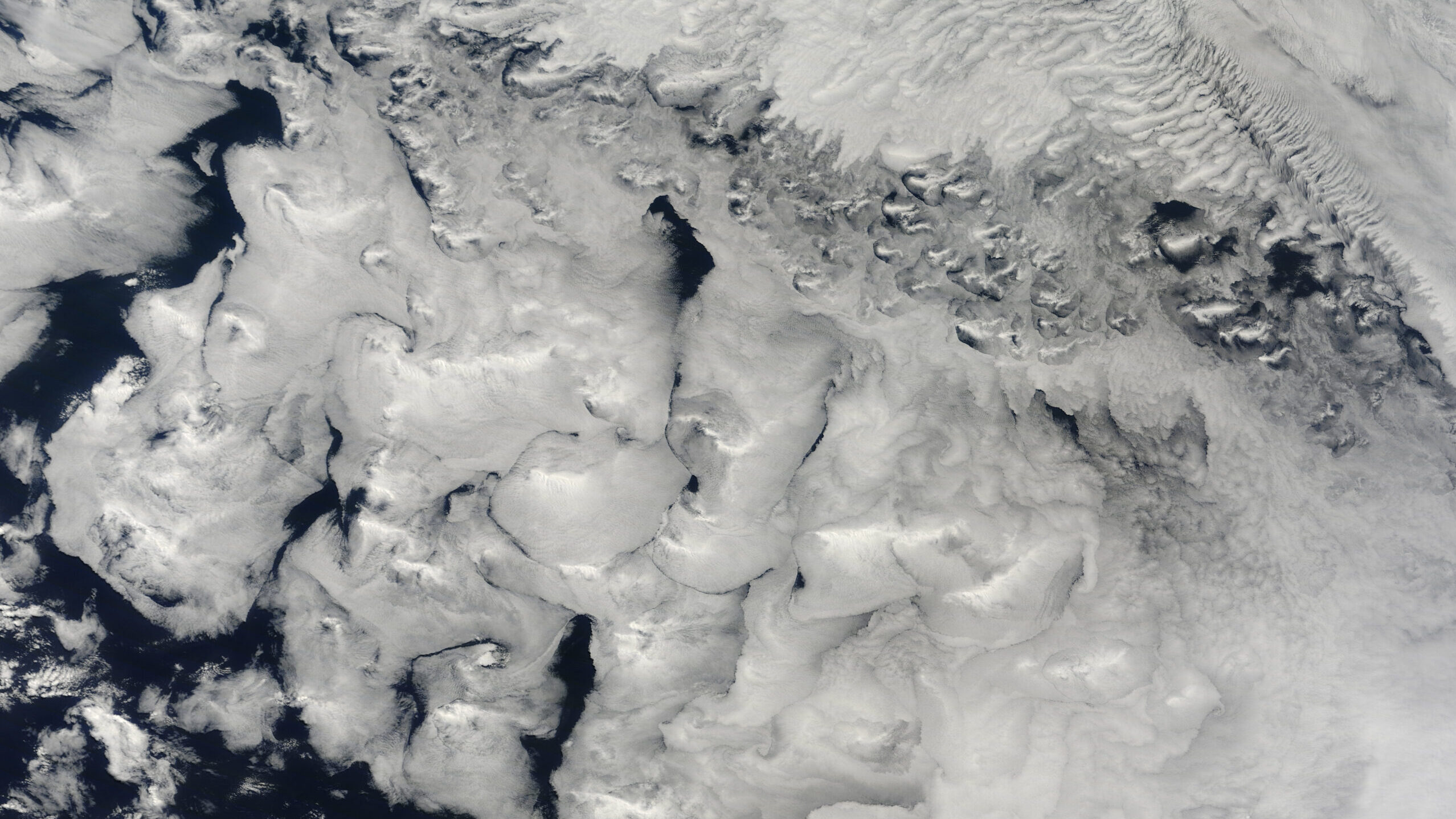
WASHINGTON — The Space Force today announced a contract with commercial weather satellite operator Muon Space for three prototype birds to provide data such as cloud forecasting for terrestrial and maritime operations.
The $44.6 million Phase III Small Business Innovation Research (SBIR) award is a follow on to a December 2024 contract to Muon to further develop an electro-optical/infrared sensor to “provide comprehensive cloud characterization and theater weather imagery.”
It also follows the company’s March launch of its first prototype for a planned 50-satellite FireSat constellation primarily aimed at monitoring wildfires — an effort developed in partnership with the Earth Fire Alliance, a nonprofit coalition backed by Google Research, the Environmental Defense Fund and other philanthropic organizations.
“The contract leverages the company’s existing commercial mission and builds upon the successful outcomes of its previous FireSat prototype launch,” Space Systems Command (SSC) said in the press release.
Only five years old, the Silicon Valley startup has branched out from its initial focus on commercial tracking of wildfires to weather monitoring for military purposes — including things like cloud cover over hot spots, Muon CEO Jonny Dyer told Breaking Defense in a May interview.
In a press release issued by Muon today, Dyer stressed the flexibility of FireSat’s dual-use approach.
“This mission demonstrates the power of dual-use design — we’re not just adapting existing technology, we’re creating a platform that excels at both missions simultaneously,” he said. “By building on our commercial FireSat foundation, we can deliver operational value immediately while proving scalability for future defense missions.”
Under the Other Transaction Authority award, SSC’s System Delta 810 “will work to mature and integrate the payload technology and plans to launch three satellites, through prototype demonstrations, for further commercial environmental monitoring Data as a Service integration and evaluation,” the release explained.
An SSC spokesperson told Breaking Defense today that the “projected launch timeline for the first two demos is late 2027 and the third in early 2028.”
System Delta 810 is the Space Force’s acquisition unit responsible for Space-Based Sensing & Targeting programs. The delta’s Data as a Service strategy is looking at opportunities to buy commercial data and information services rather than build new, service-bespoke satellites in order to more rapidly on-board new capabilities and save money.
The Space Force has been struggling to fill gaps in weather coverage by its own dedicated satellites — gaps that are expected to widen with the Trump administration’s planned funding decreases for weather monitoring by partner organizations NASA and the National Oceanic and Atmospheric Administration.
Specifically, the new award to Muon will fund modification of the company’s multispectral infrared imaging payload, Quickbeam, “to add additional spectral bands, creating the Quickbeam-S variant to meet the unique environmental monitoring mission needs” of the joint force, according to the SSC release. Quickbeam-S will be “a cross-track scanning multispectral imager, with nine spectral channels spanning, visible through infrared spectral regions.”
Muon’s prototypes will support missions such as “aviation flight planning, maritime ship routing, satellite launch operations, and theater ground and airborne operations, where tracking of weather phenomena like fog, precipitation, dust and sandstorms can be critical to mission success,” the SSC release explained. In a press release from Muon today, Dyer stressed the dual-use capabilities of FireSat.
While the Defense Department’s legislation authorizing its use SBIR grants lapsed with the end of the 2025 fiscal year on Oct. 1, an SSC spokesperson said that the award to Muon was signed on Sept. 12, using FY25 funding.